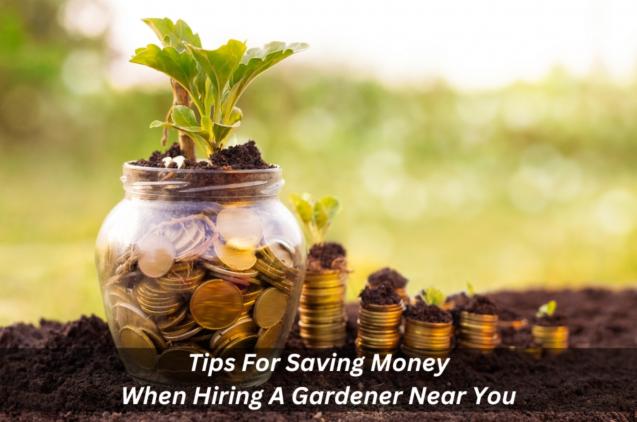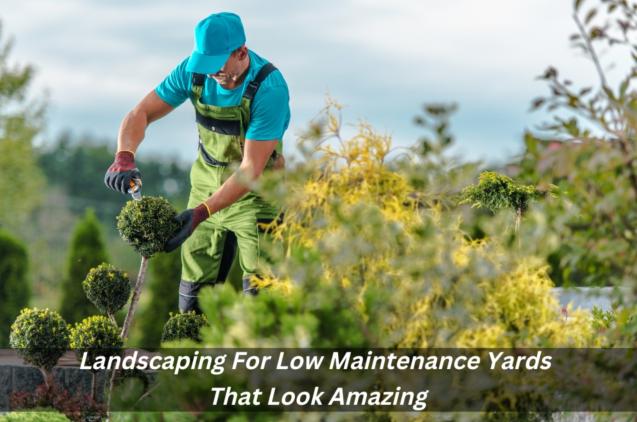
Garden Plans: How To Create Amazing Outdoor Spaces
Gardening has never been easy for some people, and that’s why they look for a landscaping company. But for some, it has become a popular hobby for those who want to enjoy fresh fruits and vegetables. To create a unique and beautiful garden, homeowners often resort to using various tools and equipment.
Retaining walls have become essential elements in landscape design. They form a barrier between soil and air and prevent erosion. On top of that, they also provide a visual element to a garden or yard. In other words, they look great too.
There are several reasons why people choose to engage in gardening activities. Some of them include spending time outdoors, maintaining green spaces, improving health, and reducing stress levels.
Gardening also helps people get out of their comfort zones, relax, and spend quality time together. However, it takes much planning and effort before one can successfully grow plants and harvest fruits and vegetables. If you are interested in growing your vegetables, you can read these simple tips that will be able to help you achieve all these goals. It includes tips and ideas that will make gardening easier and more enjoyable.
Tips for growing vegetables in a container
Landscaping design is the art of designing gardens and landscapes for beauty, comfort, health, safety, privacy, security, sustainability, and utility.
Growing vegetables is not as easy as many think. One should know what type of vegetable one wishes to plant. For instance, some prefer to grow tomatoes while others like peppers. They must have proper soil, nutrients, water and sunlight.
When planting on a container, one must ensure that the containers are deep enough to hold the roots so that the plants do not dry up during summer. This requires knowing about the types of containers available on the market today.
When buying pots, one should consider the size and shape of the pot. You need large pots for larger plants while small ones suit smaller plants better. Another important consideration when planting is the location where they will be planted. If you want to place the pot somewhere shady, then use dark-coloured pots.
Sunlight penetrates through darker colours but does not reach lower parts of the soil. In addition, one must provide adequate space between each pot. Having too much room may allow weeds to take over.
The following are additional tips to help you grow healthy vegetables:
1. Watering – During the first few days after germination, keep the soil moist by watering with a fine spray. After three weeks, change the solution from water to a diluted fertilizer. Water features are also perfect for gardens, yards, patios, balconies, pools, fountains, and landscapes of every kind. There are lots of ways to enjoy water features from simple fountain displays to elaborate flowing streams. No matter where you live, you'll always find something to love about having a water feature in your garden or backyard.
2. Fertilizer – The best way to fertilize a container is to dissolve the appropriate amount of slow-release fertilizers into warm water. Dissolve them thoroughly until there are no lumps left. Use the solution for two consecutive days before changing the water again. Mix a tablespoon of liquid fertilizer with five gallons of water.
This mixture should be sufficient for six months’ worth of growth. Do remember to check the labels carefully to avoid adding harmful chemicals.
3. Soil – When choosing the right soil, look at its texture and consistency. The ideal soil is one that drains well and is rich in organic material.
4. Light – Although sunlight is essential for most plants, it is especially necessary for root development. Ensure that the soil is exposed to full sun for at least eight hours every day. Plants that receive less than 10 hours of direct sunlight often suffer from vitamin deficiencies. Therefore, shade them appropriately from mid-day till sunset.
These are the few tips you should remember when growing vegetables. If you want to know more about gardening, you can search for “gardening ideas” online to help you get started.



